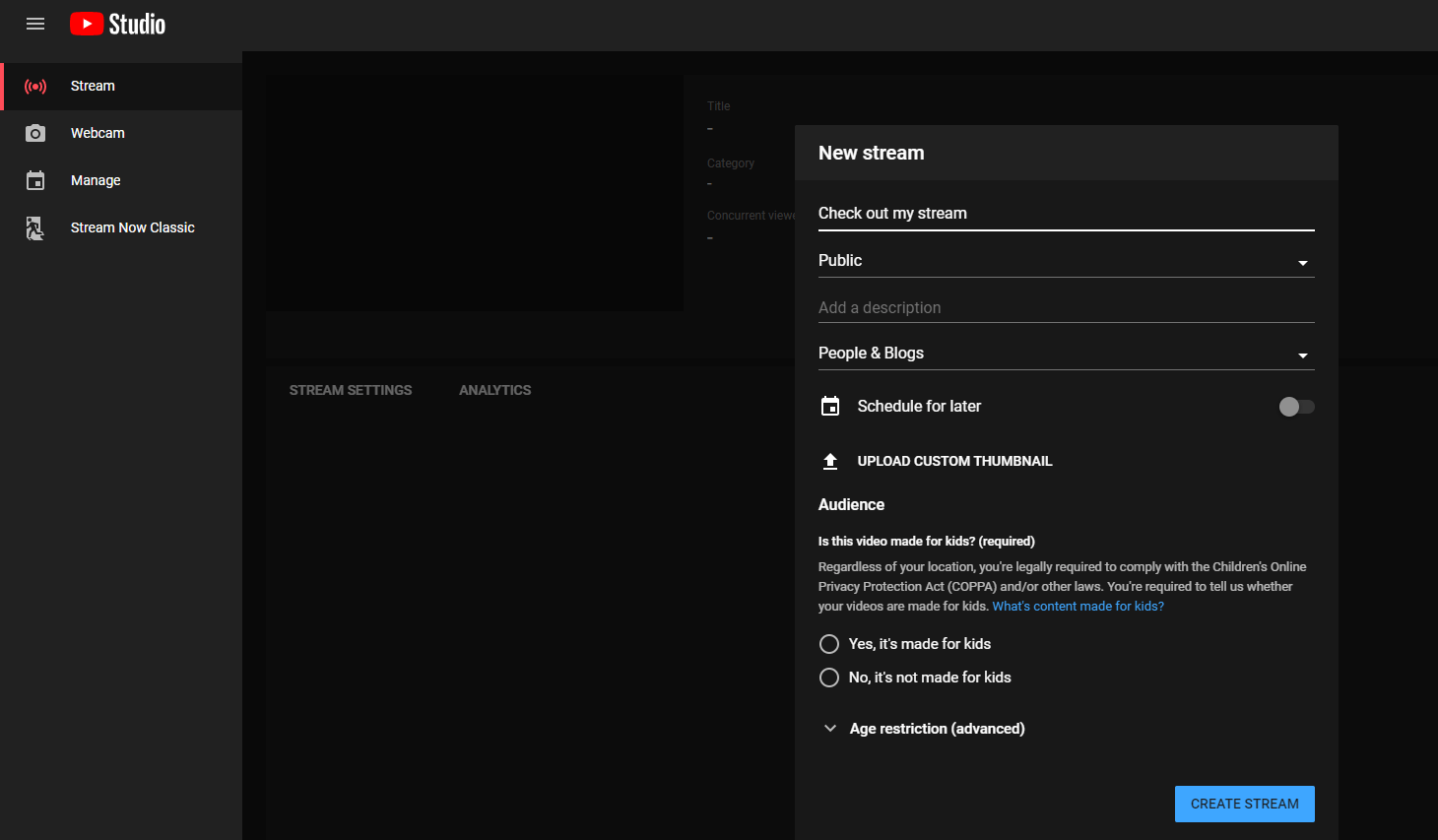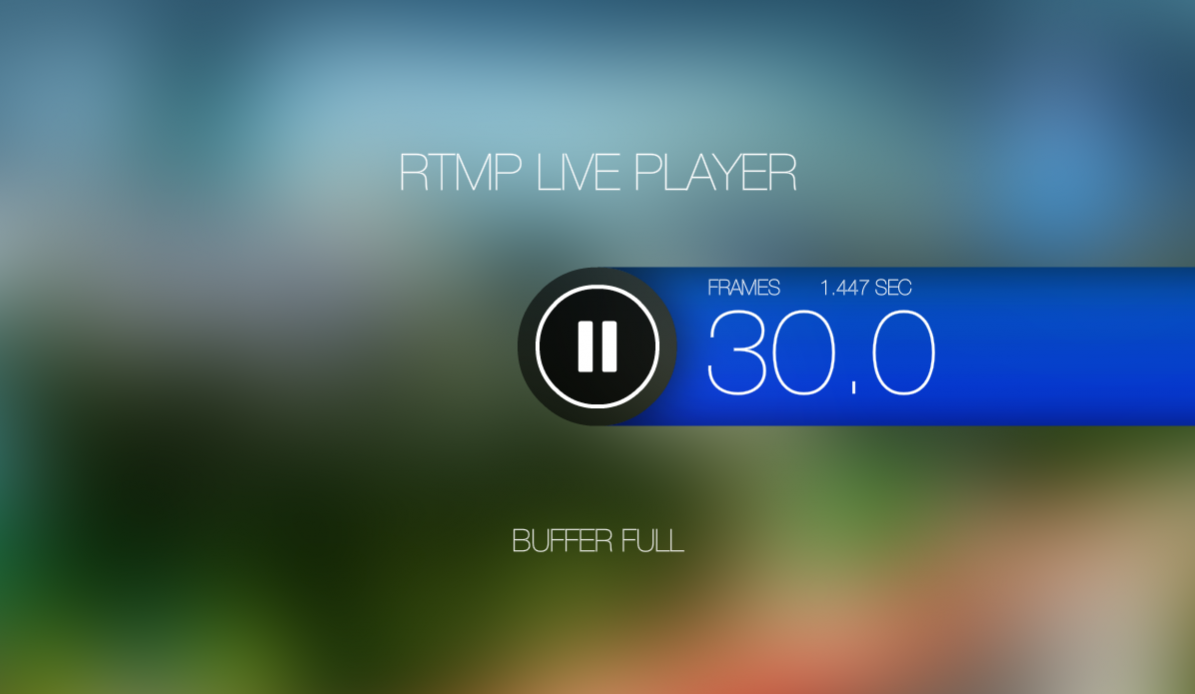

- #Rtmp stream player generate code how to
- #Rtmp stream player generate code install
- #Rtmp stream player generate code software
- #Rtmp stream player generate code download
- #Rtmp stream player generate code free

#Rtmp stream player generate code how to
No need to worry, though! Our step-by-step guide will show you exactly how to embed a live stream on WordPress (plus the most important DOs, DONTs and tricks!) WordPress Live Streaming Checklistīefore we can begin, we need to make sure you have everything you need to get things started: You have your WordPress site up and running and it is AWESOME! Great work!īut here’s the thing with websites… Just when you’re about to raise a glass of bubbly and celebrate that everything is finally up and running smoothly, the next tech challenge crops up out of nowhere. You can also use your RTMP server to forward to other streaming services and channels! Underneath the "record off " line in your nginx.How To Add Streaming Video To Your Website (Easy WordPress Tutorial) You can add the stream to OBS itself using the Media source or VLC source, or use something like JWPlayer to play back the RTMP stream on a web site you set up. You now have a working RTMP server! Congrats! If it all worked right, then you should now be seeing your stream in VLC! Just Open a Network Stream and enter in rtmp:///live/test as the URL. So how do you watch it? The easiest way to do so is with VLC (v2.1.0 or later). If you hit "Start Streaming" and don't get an error from OBS, that's a good sign. You should now be able to start streaming to your server. For simple purposes, authentication isn't necessary in my experience. You can basically make up any play path and stream to it, and put that path into an RTMP player, and it will play back. Log into your box, and make sure you have the necessary tools to build nginx using the following command:Ĭlick to expand.You may be wondering where that play path "test" came from. Step 2: Installing nginx with RTMP module Also, I recommend using a dynamic DNS service to overcome dynamic IP issues that come up with residential hosting. If you are hosting your server in your home, you will have to forward TCP port 1935 to the box.this varies by router, so look up how to set up port forwarding for your router.
#Rtmp stream player generate code install
Note to Mac users: You can install nginx with the RTMP module via Homebrew: If you want to use Windows, you can find Windows binaries for nginx with the RTMP module already included here: Note to Windows users: This guide focuses on using Linux. As long as you get the dependencies for nginx somewhere besides apt, you can follow this guide just fine.
#Rtmp stream player generate code software
I recommend using Ubuntu for the server software for the sake of ease, but you can obviously use whatever you want.
#Rtmp stream player generate code download
So when I have 2 streamers stream to my server, and I download both of them, I can chew up 10GB of bandwidth in 2 hours. Just make sure you have enough bandwidth.remember that bandwidth usage will be (the size of a stream) * (the number of people uploading + the number of people downloading). I recommend Linode or Digital Ocean as providers. If you don't have your own box, a VPS can also work. So I assure you, even a cheap old box would suffice. Don't believe me? My RTMP server for a long time was a Raspberry Pi, a $35 mini-computer, sitting under my desk, and it was capable of hosting at least 3 simultaneous streams, and I never even stressed it to see how many more it could handle. Essentially it just grabs data from the input and forwards it on to the output, simple data transfer.

Most people who stream enjoy using services such as or Ustream to deliver video to viewers, and that works well enough.


 0 kommentar(er)
0 kommentar(er)
